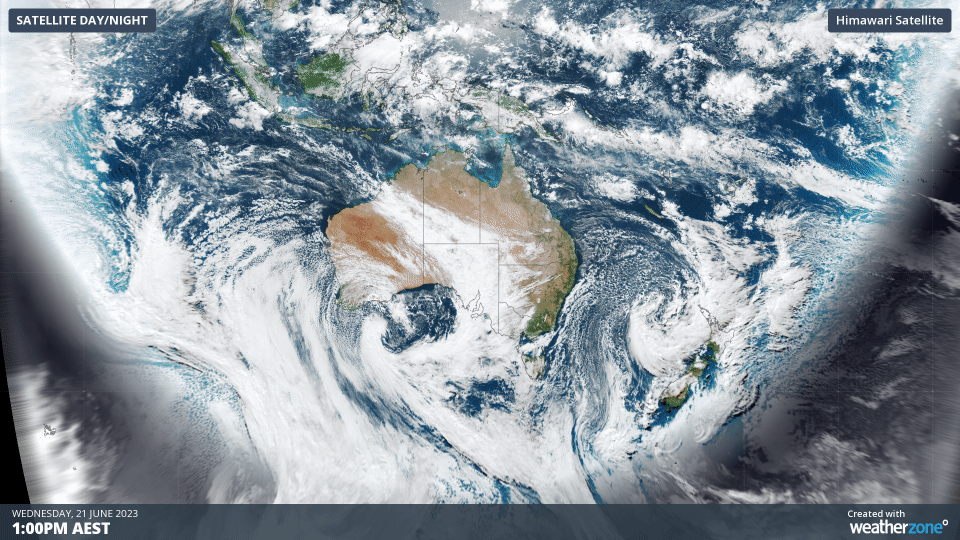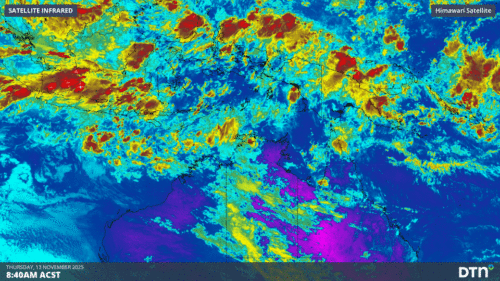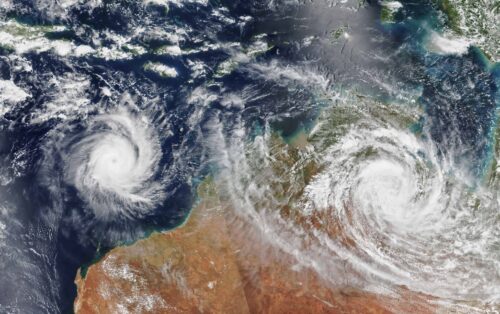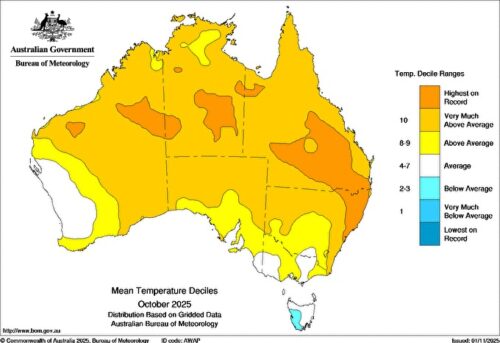The Southern Hemisphere’s winter solstice will occur tonight, making it the longest night of the year across Australia.
The winter solstice marks the moment the Southern Hemisphere reaches its furthest tilt away from the sun, as the northern Hemisphere reaches its closest tilt towards the sun.

Image: Earth’s orientation, relative to the Sun, on the Southern Hemisphere’s winter solstice.
The orientation of Earth relative to the sun means that Australia experiences its longest night (based on darkness) and shortest day (based on daylight) of the year around the date of the winter solstice.
The image below shows the view of Earth’s surface as seen by the Himawari-9 satellite at 12:50 pm AEST on June 21. While this Mercator projection of the Earth’s surface distorts the extreme northern and southern areas of the planet, it shows how the Northern Hemisphere is currently exposed to more sunlight than the Southern Hemisphere.
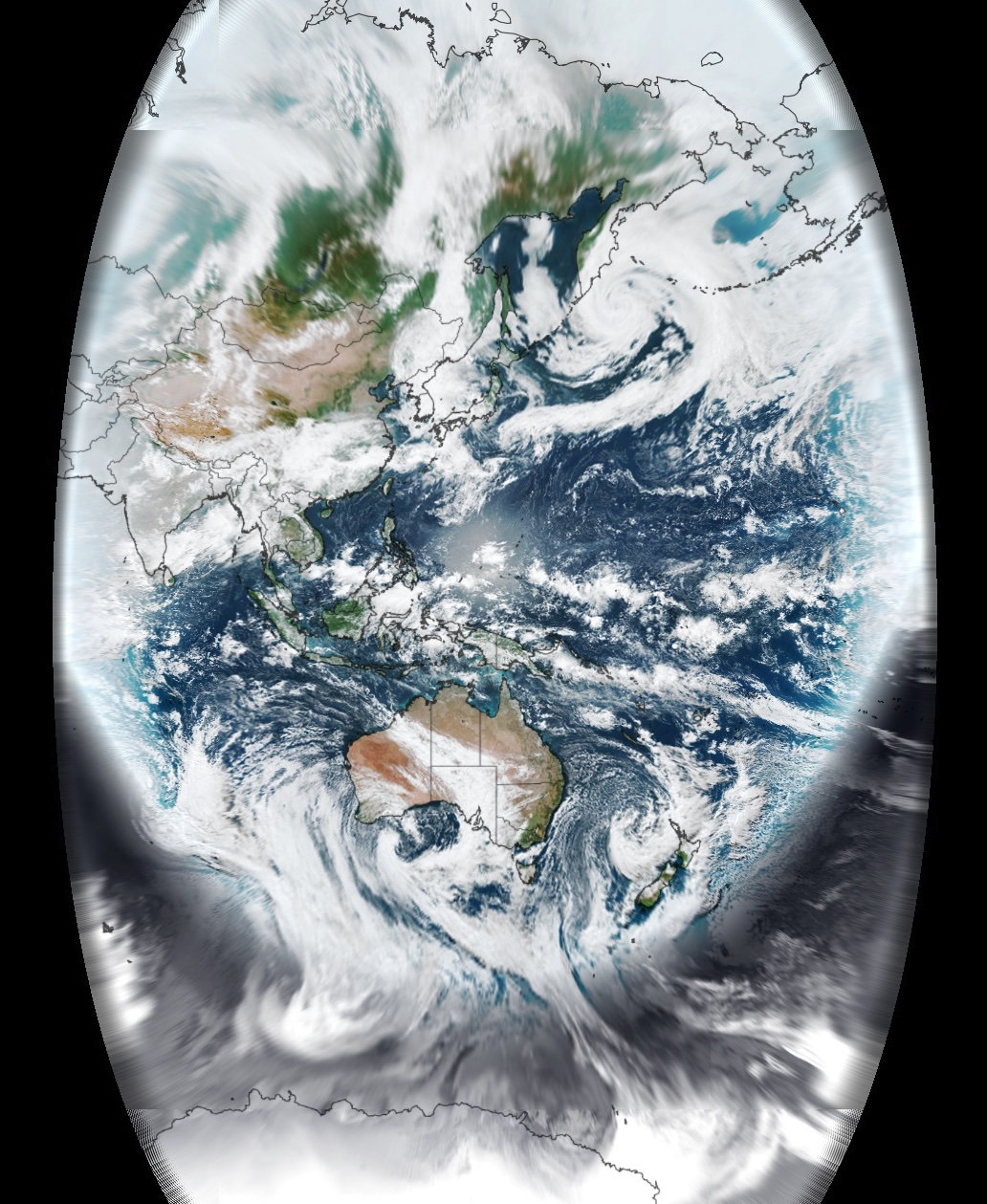
Image: Mercator projection of Earth showing a visible true colour satellite image captured by the Himawari-9 satellite at 12:50 pm AEST on June 21, 2023.
The image above also shows that Antarctica is locked in 24 hours of darkness per day at this time of year.
For Australia’s state capital cities, the length of time between sunset on June 21 and sunrise on June 22 will range from 12 hours and 36 minutes in Darwin to 14 hours and 59 minutes in Hobart.
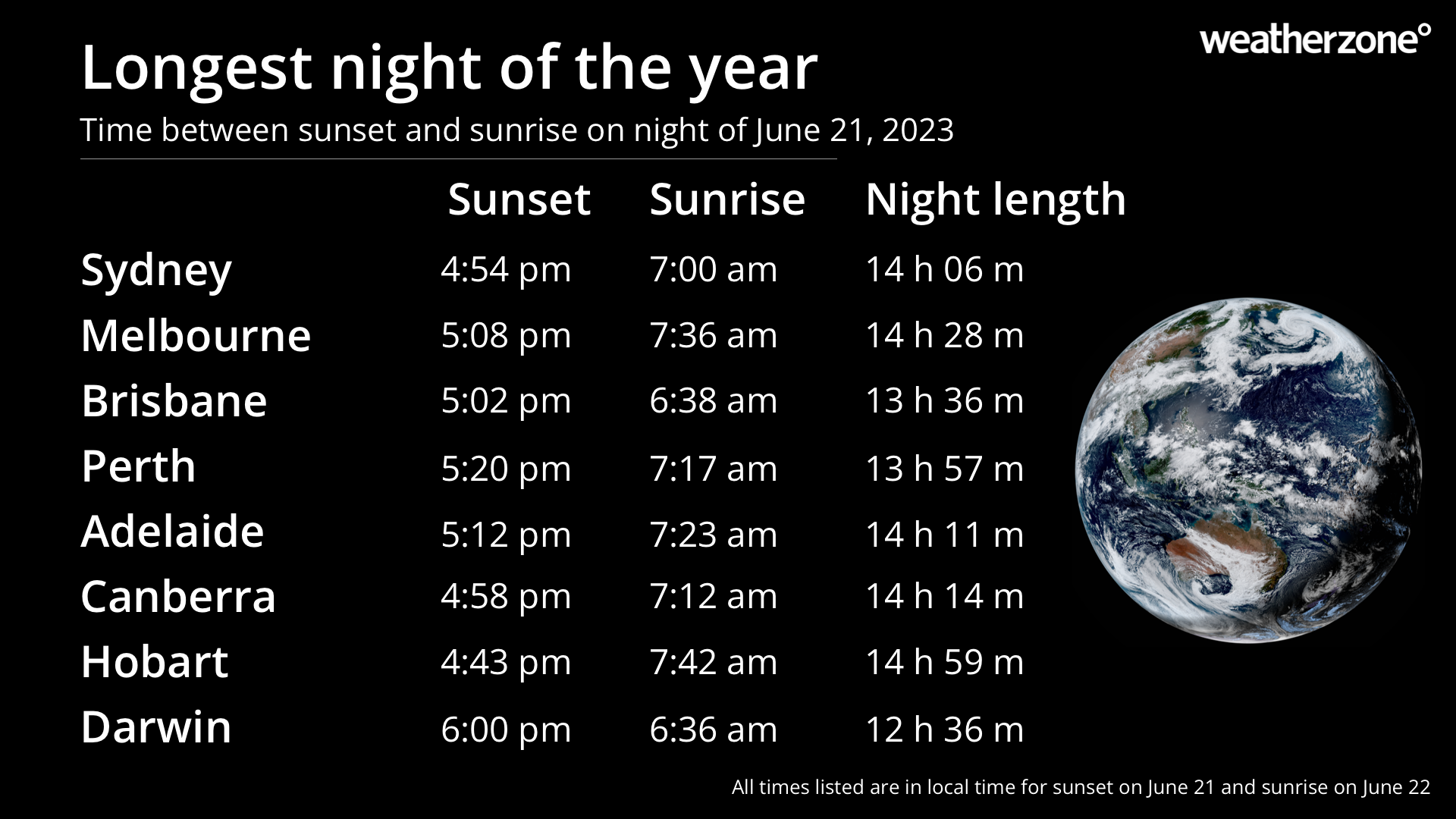
The winter solstice will occur at 12:58 am AEST on June 22. Following tonight’s solstice, nights will start to get shorter, and days will become longer across Australia for the next 6 months.

